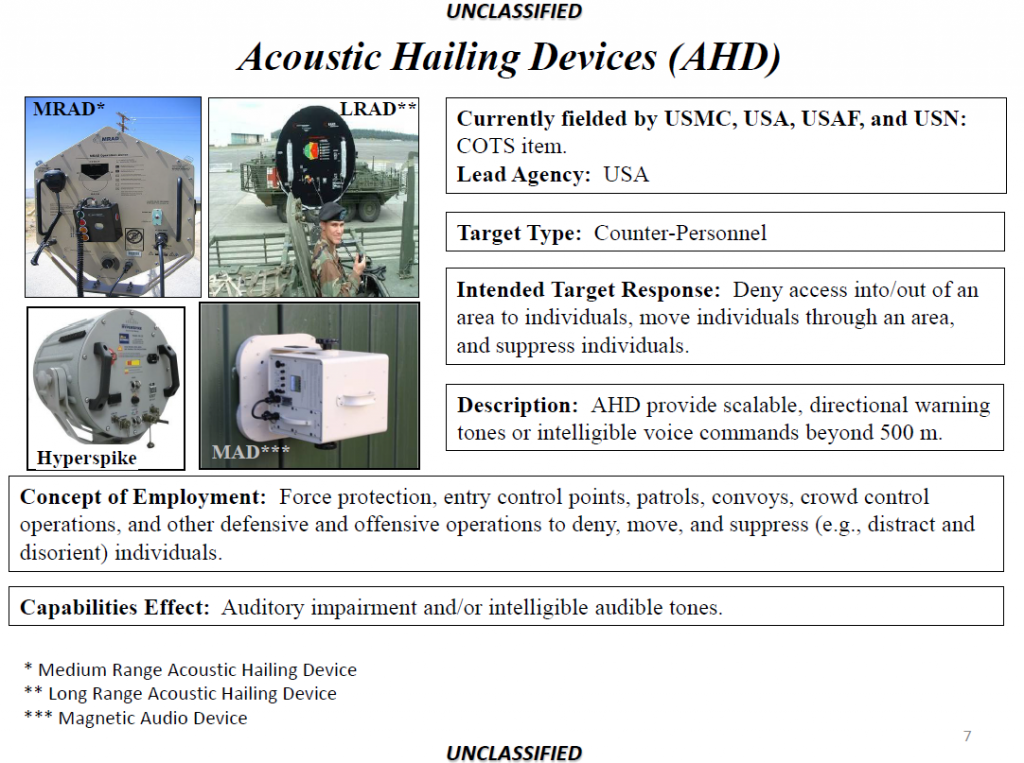

#Does border patrol use bats hiide army license
At the minimum altitude of 19,000 ft., the CBP claims that its sensors are not powerful enough to discern a person’s physical characteristics or read a license plate. The sensors allow the CBP to collect footage in day or night, as well as track the movement of vehicles such as cars and boats and gather terrain information. and 28,000 ft., are equipped with a sensor suite that includes and electro-optical and infrared camera.

In a November 2004 report of the tests obtained by MuckRock, David V. The CBP used an Elbit Hermes 450, an Israeli-made, medium-sized reconnaissance and surveillance UAV. After a year of planning, the CBP first tested a drone over the southern border between June and September 2004.In these reports, drones were proposed as a possible alternative to fixed sensor stations due to their endurance and mobility. In 2011, SBInet-the successor to ISIS-was also cancelled after a critical DHS review of the $1 billion program. In 2006, after spending $439 million, the DHS cancelled ISIS due to comprehensive system failures. A 2005 report by the DHS Office of Inspector General criticized the CBP at length for failing to develop any metrics to evaluate the effectiveness of the program. The ISIS program was plagued with technical difficulties and cost overruns.Remote sensing systems-that is, systems that could gather data without having a human physically present at the controls-were deemed an obvious solution to this problem. land borders is in remote or inaccessible areas. The idea was to create a virtual border fence by erecting poles with cameras along the most high-trafficked areas of the border. The Office of Border Patrol, a subset of the Department of Homeland Security’s Bureau of Customs and Border Protection, started thinking about drones when it launched an ambitious remote sensing project in 1998 called the Integrated Surveillance Intelligence System-ISIS.Here’s what you need to know about the CBP drones: A CBP Predator B drone. A recent Department of Homeland Security report on the CBP’s drone operations concluded that the drone program isn’t worth the time or cost. Since the first test flight in 2004, the CBP’s drone program has been rife with operational challenges and political controversies. Just as in the early days of manned aviation, the Southern borderlands have not been exactly hospitable to the prospects of unmanned flight. The CBP drones represent the federal government’s most sustained and substantial domestic drone program. Customs and Border Protection (CBP) surveil the same remote landscape over which some of America’s first aviators made history. Today, almost one hundred years later, a fleet of unmanned aircraft operated by the U.S. The operation was plagued with technical difficulties and adverse weather conditions only two of the original eight aircraft returned to Texas. It was the first time the United States used aircraft in support of a military action. Their mission was to provide aerial reconnaissance for General Pershing’s cavalry force.

border into Mexico in pursuit of Pancho Villa. In 1916, the 1st Aero Squadron of the U.S.


 0 kommentar(er)
0 kommentar(er)
